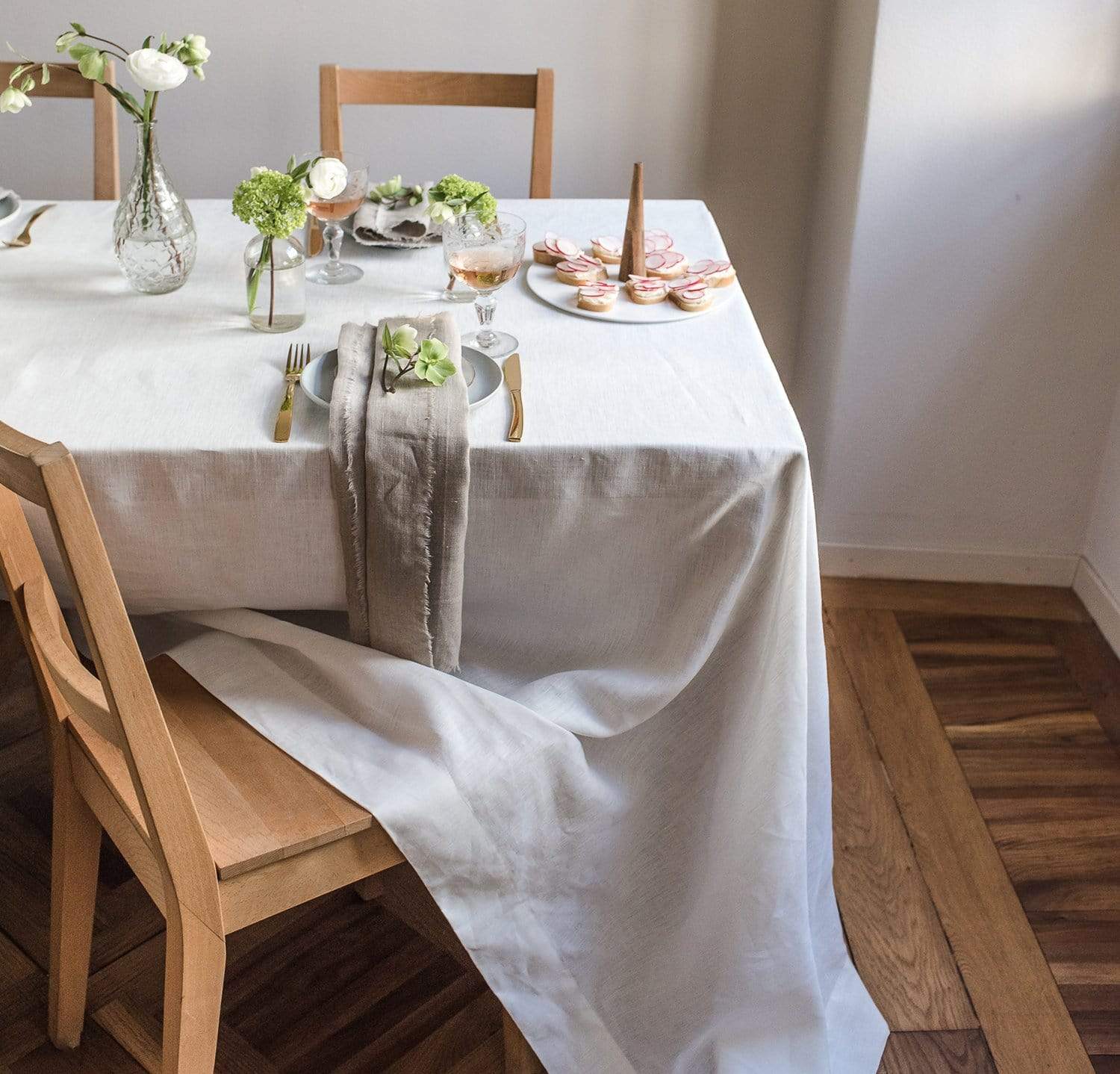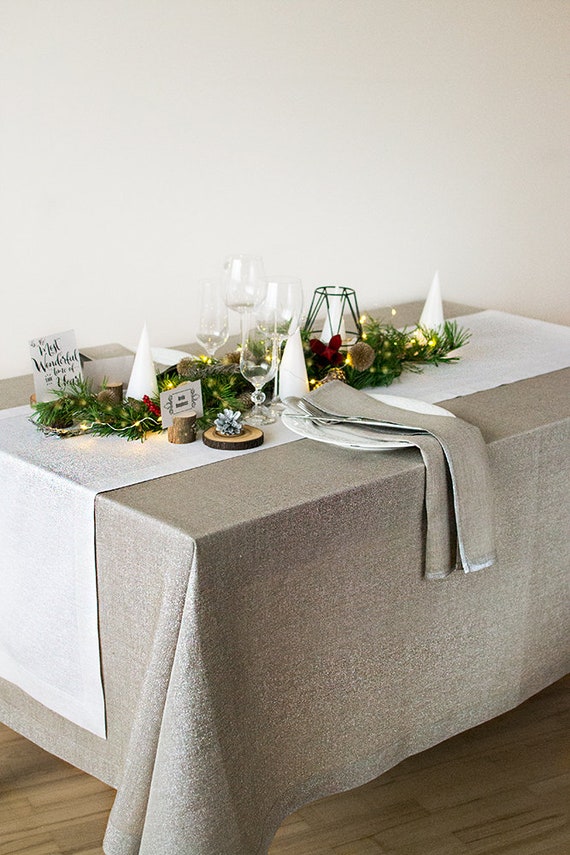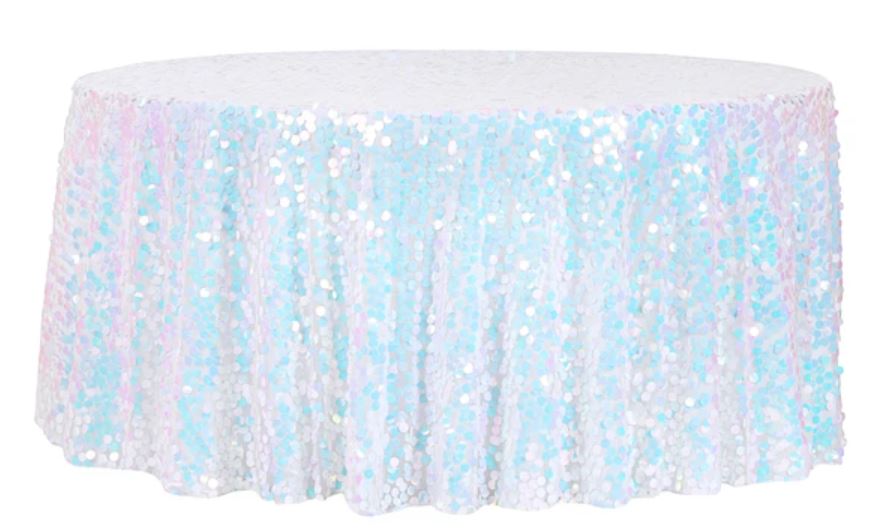Do It Yourself Table Runner Projects: Custom-made Styles for Your Home
Do It Yourself Table Runner Projects: Custom-made Styles for Your Home
Blog Article
Bed Linen Textile Developments: Discovering Modern Trends and Creative Applications in Style and Textile Market
From sustainable manufacturing techniques to innovative weaving innovations, the evolution of bed linen is reshaping the landscape of the textile sector. As we dive into the worlds of creative layout applications and the introduction of linen blends and crossbreed fabrics, a new phase unravels in which linen's function in future textile advancements takes center stage.
Sustainable Practices in Bed Linen Production
Sustainable methods in linen manufacturing have come to be progressively vital in the textile sector's efforts to decrease ecological effect and promote ethical sourcing methods. Bed linen, a natural fiber acquired from the flax plant, supplies a series of advantages such as breathability, toughness, and biodegradability. However, traditional approaches of linen manufacturing can involve substantial water consumption, chemical use, and energy-intensive procedures.
To deal with these difficulties, many textile makers are taking on sustainable methods throughout the bed linen production process. This consists of sourcing flax from natural ranches that stay clear of dangerous chemicals and chemicals, implementing water-efficient retting techniques to essence fibers from the flax stalks, and using eco-friendly dyes and coatings. Furthermore, some business are spending in renewable resource resources to power their manufacturing facilities and lowering waste via recycling and upcycling efforts.
Technological Developments in Linen Weaving
With the growing focus on lasting methods in linen manufacturing, the textile industry is currently witnessing a rise in technological improvements especially intended at reinventing the art of linen weaving. These developments are reshaping the way linen materials are generated, supplying raised efficiency, top quality, and creative thinking in weaving techniques.
One of the key technological innovations in linen weaving is the combination of electronic looms. These sophisticated looms are furnished with software application that enables complicated and elaborate designs to be woven with accuracy. By digitizing the weaving procedure, producers can attain greater uniformity and accuracy in their linen fabrics.
Additionally, advancements in thread spinning innovation have allowed the production of finer and even more sturdy linen threads - table cloths. This leads to softer and smoother linen fabrics that preserve their top quality even after numerous usages and washes
Additionally, the growth of environment-friendly dyeing processes and coatings for linen materials is obtaining grip. These lasting techniques not only minimize the ecological impact but additionally accommodate the raising consumer need for ethically generated textiles.
Creative Layout Applications for Bed Linen
Innovative imaginative methods are significantly shaping the innovative design applications for linen in the fabric industry. Linen's all-natural aesthetic allure and capacity to blend with various other materials make it a favorite option for developing one-of-a-kind garments and accessories that provide to the ecologically aware customer.
Furthermore, designers are exploring with linen in home style, utilizing its breathable and durable nature to craft fashionable home furnishings such as drapes, bed linen, and upholstery. The appearance and drape of linen bring a feeling of elegance and comfort to indoor areas, including a touch of style to modern homes.

Bed Linen Blends and Crossbreed Fabrics

Hybrid fabrics, on the other hand, take the concept of blending an action further by including additional components such as metallic threads, recycled materials, or conductive fibers. These ingenious fabrics not just broaden the design opportunities however likewise introduce functional facets like conductivity, antimicrobial residential or commercial properties, or improved durability. Hybrid fabrics are significantly being made use of in different markets, consisting of fashion, indoor design, and technical fabrics, where the need for multifunctional products gets on the increase.
Linen's Role in Future Textile Innovations

In the world of future fabric technologies, bed linen is anticipated to be a principal in the development of innovative useful textiles. Scientists and designers are discovering means to boost linen's integral high qualities with technological advancements, such as incorporating smart textiles, nanotechnology, and efficiency finishes. These technologies intend to boost linen's efficiency qualities, making it suitable for a broader array of applications, from activewear to protective clothes.
In addition, the combination of bed linen with various other natural or synthetic fibers opens up endless opportunities for producing novel fabrics with special properties and performances. By leveraging bed linen's characteristics and exploring cutting-edge blends, the textile industry is positioned to introduce amazing developments that satisfy advancing customer needs and sustainability needs.
Verdict
To conclude, the exploration of sustainable techniques, technological innovations, imaginative style applications, bed linen blends, and its duty in future fabric developments highlight the continuous evolution of bed linen material in the contemporary design go to this website and textile industry. With a concentrate on advancement and creativity, the convenience and environmentally friendly nature of linen make it an important product for designers and suppliers alike, leading the way for additional developments and improvements in the area of fabrics.
As we dive right into the worlds of creative layout applications and the emergence of linen blends and hybrid materials, a new chapter unravels in which linen's duty in future textile developments takes facility phase.
Exploring the fusion of linen with various other materials has actually led to the emergence of cutting-edge blends and crossbreed fabrics in the modern textile sector. Linen blends provide a distinct mix of the qualities of bed linen with those of other fibers, resulting in materials that have improved properties such as boosted sturdiness, boosted draping, and reduced wrinkling.The evolution of linen blends and hybrid materials has actually set the stage for Bed linen to play a pivotal function in driving future textile technologies.In the world of future textile advancements, linen is anticipated to be an essential player in the growth of sophisticated additional resources functional fabrics.
Report this page